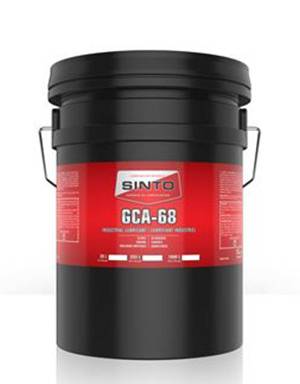Οκτ . 19, 2024 12:28 Back to list
Comparative Analysis of PVC and PPR Pipes and Fittings for Plumbing Applications
Understanding PVC and PPR Pipes and Fittings A Comprehensive Guide
In contemporary plumbing and construction, the choice of materials plays a pivotal role in ensuring durability, efficiency, and sustainability. Among the most popular materials utilized today are PVC (Polyvinyl Chloride) and PPR (Polypropylene Random Copolymer) pipes and fittings. This article aims to provide a comprehensive overview of these two types of pipes, comparing their properties, applications, advantages, and disadvantages.
What Are PVC and PPR Pipes?
PVC Pipes PVC pipes are made from polyvinyl chloride, a synthetic plastic polymer. These pipes are widely used in residential and commercial plumbing systems, drainage, and irrigation due to their robustness, lightweight design, and corrosion resistance. They are available in various diameters and lengths, making them suitable for numerous applications.
PPR Pipes PPR pipes are manufactured using polypropylene random copolymer. These pipes are renowned for their high thermal resistance and long lifespan, making them ideal for hot and cold water supply systems. PPR pipes are typically green or white in color and can be joined through a heat fusion process, which creates a strong and leak-proof connection.
Key Comparisons and Properties
1. Durability - PVC PVC pipes have excellent resistance to various chemicals, impact, and corrosion. However, they can become brittle under extreme temperatures. - PPR PPR pipes offer superior durability, particularly when exposed to high temperatures. They are ideal for systems requiring hot water, as they can withstand temperatures ranging from -40°C to 95°C.
2. Weight - PVC Being lightweight, PVC pipes are easy to transport and install, significantly reducing labor costs. - PPR While slightly heavier than PVC, PPR pipes remain manageable, and their installation is equally straightforward.
3. Temperature Resistance - PVC Suitable for cold water applications, PVC pipes generally should not be exposed to temperatures exceeding 60°C. - PPR With higher temperature tolerance, PPR pipes are perfect for hot water lines, making them a preferred choice in many heating systems.
pvc ppr pipes and fittings

4. Cost-Effectiveness - PVC Typically, PVC is more affordable than PPR, making it a preferred choice for low-budget projects and temporary installations. - PPR Although more expensive initially due to the production process, PPR pipes offer long-term savings through reduced maintenance and replacement costs.
5. Installation - PVC These pipes require solvent cement for jointing, which can take time and requires specific skills to ensure a proper seal. - PPR The heat fusion technique used for PPR pipes provides a seamless connection, which is quicker and has a lower risk of leaks between joints.
Applications
Both PVC and PPR pipes are used in a wide range of applications
- PVC Pipes - Ideal for drainage systems, sewer lines, and irrigation. - Commonly used in residential plumbing for cold water supply. - PPR Pipes - Perfect for hot and cold water distribution in homes, buildings, and industrial settings. - Often employed in heating systems due to their thermal resistance.
Conclusion
The choice between PVC and PPR pipes largely depends on the specific requirements of a project. PVC pipes are well-suited for applications involving drainage and cold water systems due to their cost-effectiveness and ease of installation. In contrast, PPR pipes excel in high-temperature settings, providing longevity and efficiency in hot water systems.
When selecting the appropriate piping material, consider factors such as temperature needs, budget constraints, installation complexity, and the intended application. Whether for residential, commercial, or industrial use, understanding the properties and advantages of PVC and PPR pipes will guide you in making an informed decision that ensures the longevity and functionality of your plumbing system.
-
PVC Transparent Sheet Roll - Durable & Flexible PVC Plastic Sheet Roll for Industrial & Home Use
NewsJun.24,2025
-
High-Quality PVC PPR Pipes and Fittings Durable ERA PPR Solutions
NewsJun.10,2025
-
High-Quality Large HDPE Sheets & Large Diameter PVC Pipe Durable Large PVC Pipe Supplier
NewsJun.10,2025
-
High Density Polyethylene Cutting Board - Durable & Food Safe
NewsJun.09,2025
-
3 Inch PVC Pipe for Durable Irrigation Affordable & Reliable
NewsJun.09,2025
-
Premium PPR Plastic Water Pipe Fittings - Durable & Leak-Free
NewsJun.09,2025

